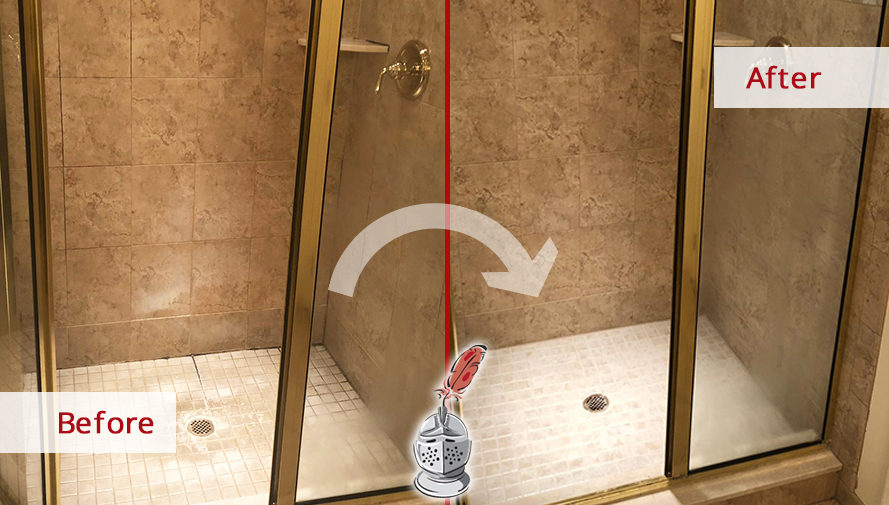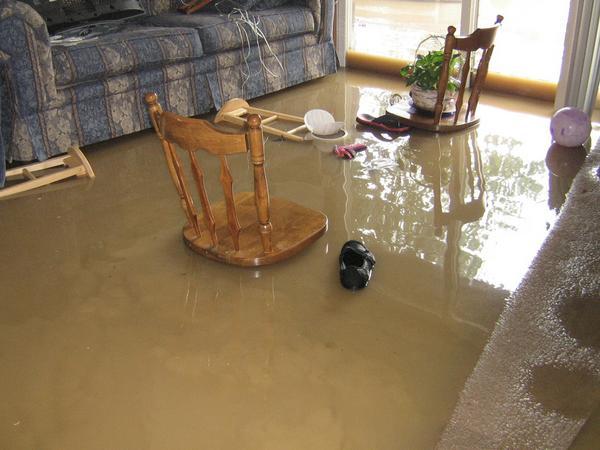Typical Reasons For Water Damage in a Bathroom
Typical Reasons For Water Damage in a Bathroom
Blog Article
This great article following next about Common Causes of Water Damage in a Bathroom is absolutely informative. Read it for your own benefit and figure out what you think about it.

The washroom is exceptionally prone for damp build-up as well as potential water damage due to the constant use water in it. This post uses easy inspection techniques to aid identifying water damages risks.
The frequent use of water in the washroom makes it very vulnerable for wet build-up and possible water damages. By examining it frequently, you can reduce water relevant problems.
The complying with set of examinations is simple to execute and also ought to be done once in every 3 months in order to keep your bathroom healthy as well as to stop possible water damages caused by the tub, the shower, pipe joints and also plumbing, sinks, cupboards, and the commode
Do not disregard performing these examinations as well as be thorough while executing them. Bear in mind that these straightforward assessments can save you a great deal of cash by supplying early signs for water damage
Bath tub and Shower
The shower and also tub call for special attention as well as maintenance. Inspect the tiles as well as change if broken. See to it that there is no missing cement in between the ceramic tiles. Evaluate as well as change broken caulking at joints where the wall surfaces meet the flooring or the bathtub. Blocked drains pipes as well as pipelines problems will certainly stop the bathtub from drying out and also may suggest significant issues under the bathtub. Talk to a professional right away to stop structural damages. Take notice of discolorations or soft locations around the bath tub walls as they might show an internal leakage.
Plumbing
Signs for water damages are hard to find since many pipelines are mounted inside the walls.
Pay special attention to floor covering and also walls dampness and discolorations as they might show an undetectable plumbing trouble. Check wetness degrees in adjoining spaces too.
Sinks and Cabinets
Sinks and closets are exposed to wetness and also humidity everyday as well as are typically forgotten. Inspect on a regular basis under the sink and also on the countertop above it. Fix any kind of drip in the trap as it may recommend drainpipe problems. Browse the sink, slow-moving draining pipes may suggest an obstructed drainpipe. Replace sink seals if they are broken or loosened.
The Commode
The commode is a vulnerable water junction. Inspect the water lines and also look for leaks around the toilet seat, in the hose pipe, as well as under the water container. If you detect any indications of wetness on the flooring around the commode, look for leakages in the toilet rim and storage tank seals.
Know that hanging bathroom dish antiperspirants raises the chances for clogs.
TIPS TO PREVENT WATER DAMAGE IN THE BATHROOM
The average household uses approximately 80-100 gallons of water per person per day. For a family of 4, that's almost 2,500 gallons of water a week! The largest portion of this consumption comes from bathroom use. Flushing the toilet uses the most water, followed by taking a shower or bath. With that much water running through the home, water damage in the bathroom is bound to happen. Knowing how to spot signs of a water leak is essential to preventing long-term damage. This guide provides you with tips to reduce the impact of water damage on your bathroom.
CAUSES OF BATHROOM WATER DAMAGE
Pipe breaks are the most common cause of water damage we see in our daily jobs. The age of a pipe plays a large role in a pipe break as well as corrosion. Over time, the metal begins to break down, allowing water to escape. Frozen pipe breaks are also a concern in the winter months. Toilet overflows caused by paper products or children flushing inappropriate items. Degraded caulking around the toilet or bathtub can allow water seepage, sometimes behind the fixture, into the subfloor or walls. Condensation forms when the water in a pipe is cooler than the air temperature. Beads of water form on the exterior of the pipes, sometimes so much so that the water begins to drip and pool below. Sink or shower backups created by poor drainage. HOW TO PREVENT WATER DAMAGE IN YOUR BATHROOM
Inspect your toilet supply line for worn or frayed hoses and replace them as needed. Winterize your plumbing to prevent a frozen pipe break. Use vent fans to prevent condensation that can lead to mold growth. Routinely check and replace degraded caulking around your toilet or bathtub. Increase the temperature in your toilet tank and insulate your pipes during the warm summer months to keep condensation from forming. Use child safety locks on the toilets. Flush only toilet paper. "Flushable" wet wipes are actually not good for your plumbing system. Additionally, feminine hygiene products should not be flushed. Prevent water from escaping the tub or shower. Make sure shower curtains are in good condition. Inspect shower doors and replace the seal strip if necessary. Wipe up any water that accumulates on the floor and use bath mats. Water left to sit can cause damage to the tiles and flooring. Refrain from using bath products containing heavy oils to avoid a clogged drain.

As a serious reader about Common Causes of Water Damage in a Bathroom, I figured sharing that piece of content was smart. Sharing is nice. You never know, you may very well be helping someone out. Thanks a lot for taking the time to read it.
Automated Marketing Report this page